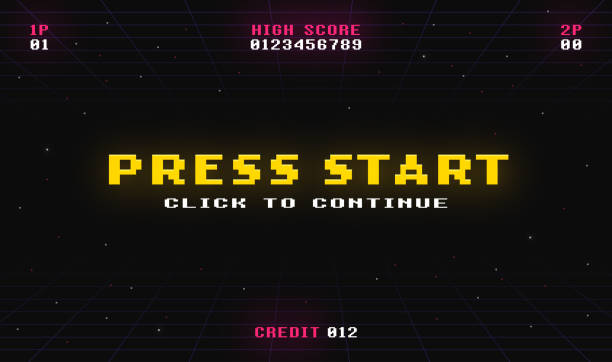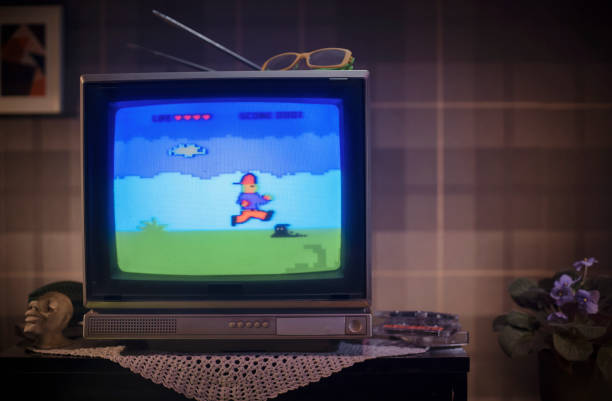
The world of eSports has long been dominated by modern, high-octane titles that emphasize fast reflexes and cutting-edge graphics. However, an exciting new trend is emerging—retro games are making their way into competitive gaming. These classics, which once filled arcades and living rooms with joy, are now the foundation of a growing competitive scene. From Street Fighter II to Tetris, retro games are being reimagined as serious competitive titles in eSports leagues and tournaments, bringing a refreshing change to the genre.

One of the driving forces behind the rise of retro eSports is the shift towards skill-based competition. Unlike modern games that may favor players with the fastest internet connection or highest-end equipment, retro games emphasize strategy, timing, and precision. Take Super Mario Kart, for example. While its racing mechanics may seem simple on the surface, mastering the tracks, learning the shortcuts, and executing the perfect drift requires both practice and mental agility. Retro eSports are about testing players’ deep understanding of the game’s mechanics and rewarding strategy over flashy graphics or instant gratification.
Another key factor is the nostalgia that retro games bring to the table. For many players, these games are a direct connection to their childhood or formative years. The competitive scene surrounding retro gaming taps into a deep well of fond memories while providing a fresh, adrenaline-fueled way to relive those experiences. Tetris, one of the most iconic and simple games ever made, has evolved into a competitive eSports title where players compete for speed and accuracy in timed sessions. By combining modern eSports formats with the classic, retro games, the competitive environment offers a unique blend of old-school charm and modern intensity.
Moreover, retro eSports provide a level of accessibility that makes competitive gaming more inclusive. Unlike newer games that demand high-end systems and constant updates, retro games can be played on older consoles or emulators, making them more approachable for a broader audience. Players from all over the world can join retro eSports tournaments without needing the latest gaming technology, which lowers the barriers for entry. This inclusivity allows anyone to compete, regardless of their budget or equipment, creating a more diverse and welcoming community.
The competitive scene around retro games is also becoming increasingly organized. Dedicated leagues, tournaments, and online events are popping up, with organizers and sponsors backing these events. The rise of streaming platforms like Twitch has also helped amplify the visibility of retro eSports, allowing players to showcase their skills to a global audience. With the support of established eSports organizations, retro games are moving beyond just nostalgia—they are now recognized as legitimate competitive titles that can stand shoulder to shoulder with modern games in terms of excitement and viewer engagement.
As retro eSports continue to grow, it’s clear that the competitive landscape is being reshaped by these pixelated classics. The resurgence of retro gaming in the competitive scene highlights the timeless appeal of these games—and with the blend of nostalgia, skill, and community, retro eSports are poised to take their place as a cornerstone of competitive gaming in the years to come.